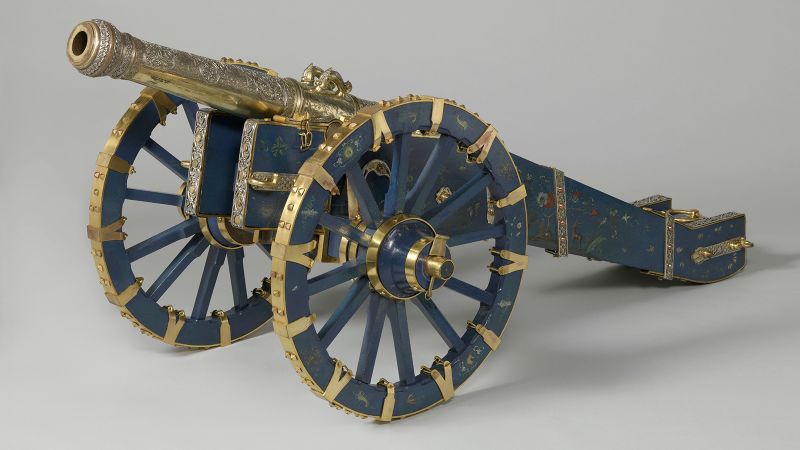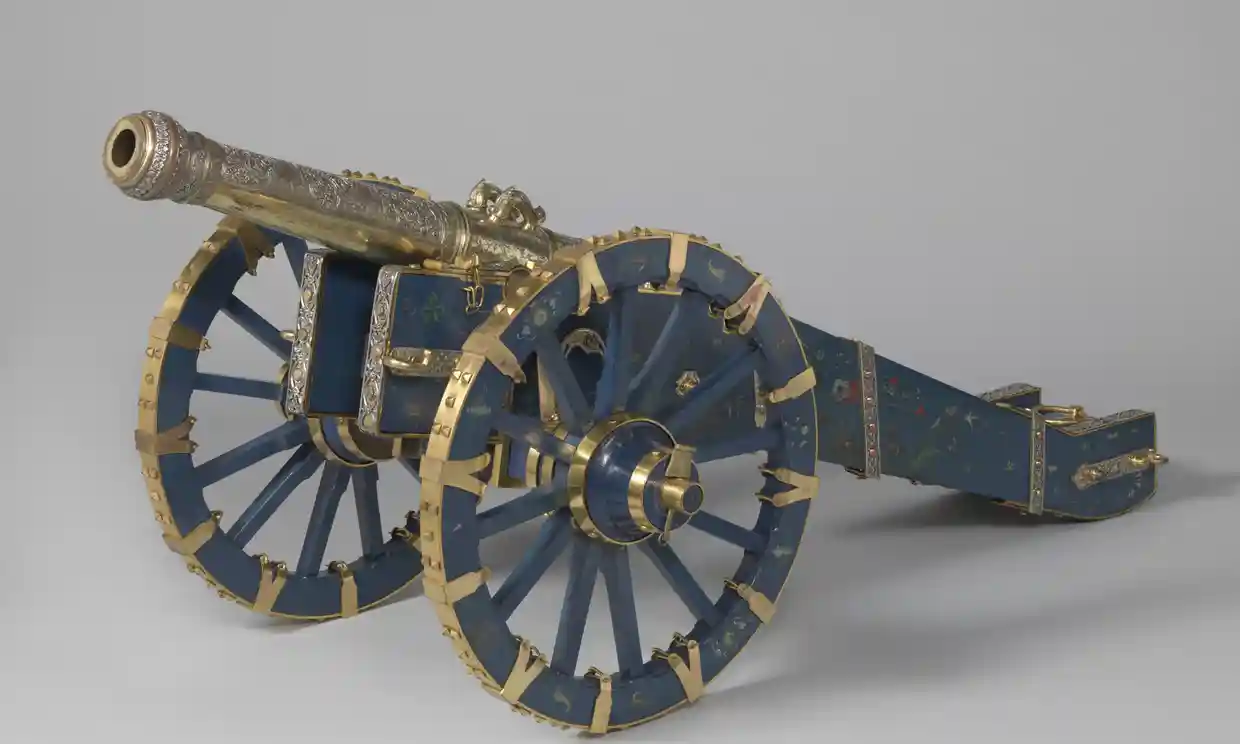The Netherlands has declared its choice to return 478 colonial artifacts that were looted from Indonesia and Sri Lanka during Dutch colonial rule. This huge step denotes a shift towards addressing the colonial wrongdoings of the past and fostering closer cooperation with the affected countries.
The repatriation includes important items, for example, the “Lombok treasure” consisting of gems, gold, and silver from Indonesia’s Lombok island, as well as sculptures, a dagger, and modern day art from Bali.
Also, six objects from the Rijksmuseum in Amsterdam, including the famous Cannon of Kandy, will be returned back to Sri Lanka. This denotes first repatriation of stolen items by the renowned museum, signaling a new approach to cultural heritage and shared histories.

Also Read: Iraq Retrieves a 2,800-Year-Old Stone Tablet from Italy
Sources Related to Artwork Repatriated (For R&D)
- Is 2023 the Year Looted Art Returns Home?
- Why Do the World’s Top Museums Still Resist Repatriation?
- Repatriation, African Artifacts, And Postcolonial Museology
- The Recent Examples of Repatriation of Cultural Treasures Give Hope
The decision to return these looted artifacts follows the recommendations of a 2020 report by an advisory committee, which urged the unconditional return of objects taken under Dutch colonial authority.
The Dutch Secretary of State for Culture and Media, Gunay Uslu, underscores that this pivotal choice includes returning items as well as implies a guarantee to closer cooperation with Indonesia and Sri Lanka in different viewpoints, including collection research, presentation, and museum exchanges. It reflects a growing awareness of the need to address historical injustices and rectify past wrongs.
Also Read: 3,000 Years old Ancient Mummy Discovered in Peru’s Rubbish Dump
Objects that Netherlands Repatriates to Sri Lanka and Indonesia
The items being repatriated hold huge social culture, historical and symbolic value to the nations origin. For example, the cannon of Kandy, a ceremonial weapon adorned with bronze, silver, gold, and rubies, was looted from Sri Lanka by Dutch East India Organization troops during the 1765 attack and loot of Kandy.
By returning these antiques, the Netherlands recognizes the significance of social legacy in recounting the tales of countries and people groups. The move likewise starts a trend for other Western powers and museums to consider repatriation as a means of fostering dialogue, understanding, and restitution.
The decision to repatriate these artifacts reflects a significant shift in perspective within the museum world. Previously, museums focused primarily on preserving objects for future generations, often neglecting the stories and cultural significance attached to them. frequently dismissing the narratives and social importance appended to them.
Also Read: 15th Century Heege Manuscript Reveals Medieval Stand Up Comedy
The perspective has changed, perceiving that these items hold stories that are best conveyed in their places of Origin. Valika Smeulders, head of the Rijksmuseum’s department of history, features this shift, expressing that the mission currently is to guarantee these objects are situated where they can really convey significant stories of shared history.
While the bringing home of these 478 artifacts is a pivotal forward-moving step, it is only the start. The Netherlands actually has an expected 300,000 colonial objects that stay in its central state’s possession. The arrival of these items prompts a bigger discussion on the bringing home of cultural heritage globally.
Moreover, there is a need to address privately-owned colonial objects, including those held by significant auction houses. The process of restitution requires careful consideration, collaboration, and ongoing dialogue between countries of origin and museums to determine which objects should be returned and how best to enrich the knowledge and understanding surrounding them.
Also Read: The Codex Sassoon: 1,100-Year-Old Hebrew Bible Sells for $38 Million


/https%3A%2F%2Ftf-cmsv2-smithsonianmag-media.s3.amazonaws.com%2Ffiler_public%2Fc7%2Fa7%2Fc7a78224-ab46-498a-acea-b553fd547e41%2Fng-nm-1015_1.jpg)




















+ There are no comments
Add yours